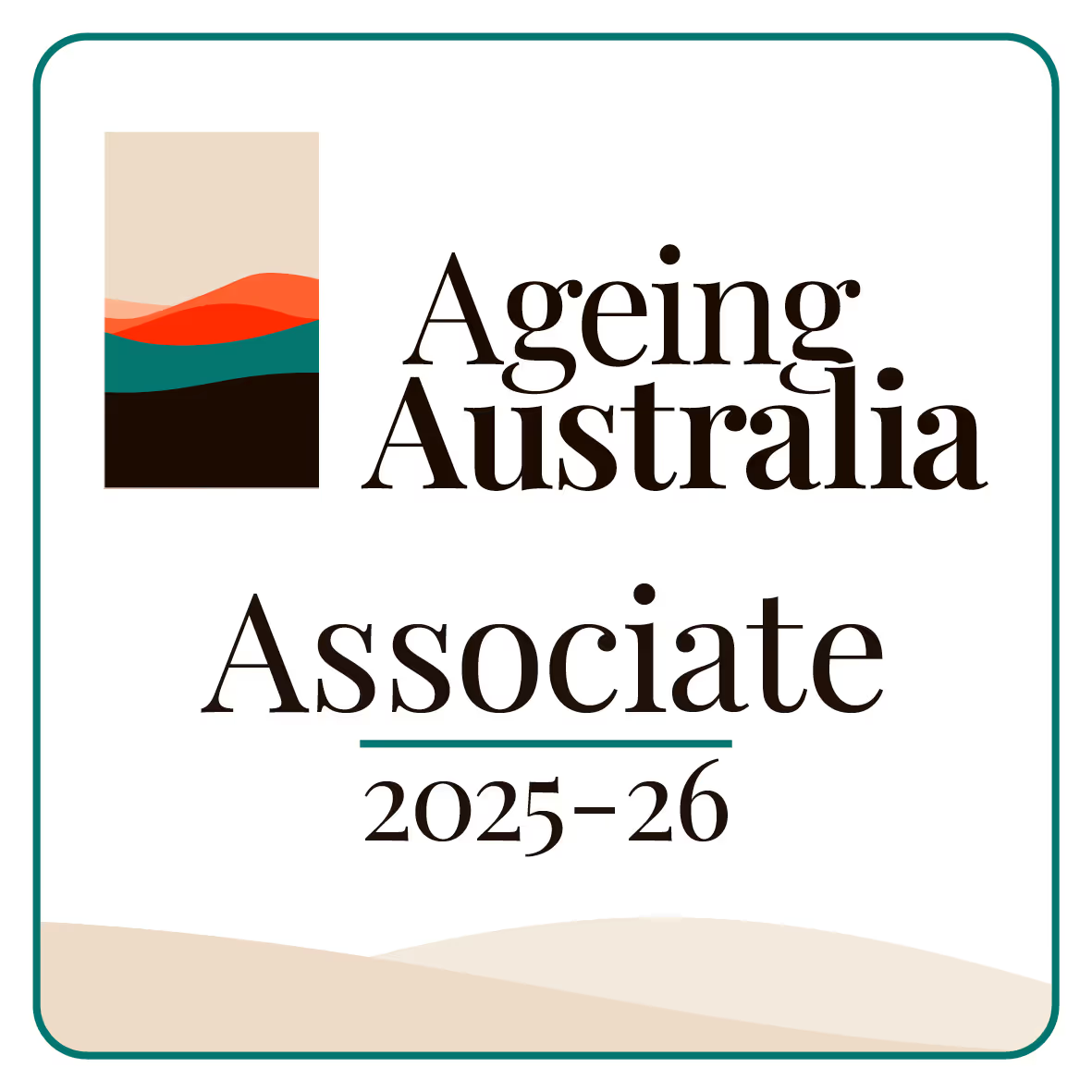When caring for elderly residents, food is not just about filling plates; it is about fueling lives. The right meals can uplift spirits, improve health, and create a sense of community around the dining table. In aged care settings, meeting food and nutrition standards is a non-negotiable part of delivering quality care. What does this mean for you as a healthcare provider, nurse, or medical staff member? It means paying attention to every bite, sip, and spoonful. By focusing on the nutritional needs and preferences of residents, you can ensure they feel cared for, healthy, and heard.
Let us break down how to meet these standards step by step.
Understanding Food and Nutrition Standards
Food and nutrition standards are guidelines set to maintain the health and well-being of aged care residents. These rules focus on offering balanced diets, catering to dietary restrictions, and providing meals that meet cultural and personal preferences. The goal is simple: residents should receive the nutrients they need to maintain their energy, manage chronic conditions, and enjoy a better quality of life.
Key Aspects of Food and Nutrition Standards
- Balanced Diets: Meals should include a mix of proteins, carbohydrates, healthy fats, vitamins, and minerals.
- Portion Control: Meals should be appropriately sized for residents' needs.
- Special Diets: Accommodate residents with conditions like diabetes or food allergies.
- Taste and Presentation: Meals should look appetizing and taste good.
These standards might seem like a lot to juggle, but they are crucial in preventing malnutrition and related health issues.

Catering to Diverse Dietary Needs
No two residents are the same, and their diets should not be either. In aged care, dietary needs can vary widely due to health conditions, religious beliefs, or cultural practices.
Common Special Diets in Aged Care
- Diabetic-Friendly Meals: Low in sugar and high in fiber.
- Soft or Pureed Foods: For residents with swallowing difficulties.
- Heart-Healthy Options: Low in sodium and saturated fats.
- Allergy-Sensitive Meals: Avoiding specific ingredients like nuts or dairy.
It helps to involve dietitians and nutritionists when planning menus. They can provide insight into what works best for your residents.
Making Mealtime Enjoyable
Eating is more than a physical necessity; it is an emotional experience. Imagine a dining table filled with laughter, pleasant aromas, and vibrant dishes. That is the goal for aged care residents.
Tips for a Positive Dining Experience
- Create a Warm Atmosphere: Use comfortable seating, good lighting, and minimal noise.
- Offer Choices: Allow residents to select meals when possible.
- Encourage Social Interaction: Mealtime can be an opportunity for residents to bond.
- Respect Cultural Preferences: Serve meals that align with cultural traditions and dietary habits.
By focusing on these elements, you can transform mealtime into a highlight of the day.
Meeting Nutritional Needs Through Meal Planning
Meal planning is at the heart of meeting nutritional standards. It requires careful thought to balance nutrients, flavors, and textures.
Steps to Create a Nutritional Meal Plan
- Consult a Dietitian: Start with expert advice to determine residents’ dietary requirements.
- Plan for Variety: Rotate meals to include different cuisines, ingredients, and cooking styles.
- Focus on Freshness: Use fresh fruits, vegetables, and whole grains.
- Test for Taste: Have a tasting session before finalizing menus.
Consider sharing meal plans with residents and families to gather feedback. This collaboration ensures everyone feels involved.
How to Monitor and Evaluate Nutrition Standards

Implementing food and nutrition standards is not a one-and-done deal. Regular monitoring is essential to make sure the standards are being met consistently.
Ways to Monitor Nutritional Care
- Track Resident Health: Check weight, hydration levels, and energy regularly.
- Gather Feedback: Ask residents about meal satisfaction.
- Audit Meal Preparation: Ensure food is prepared and served hygienically.
- Review Compliance: Stay updated with regulatory requirements in aged care.
Frequent evaluations can help you spot gaps and improve your approach.
Encouraging Resident Participation in Diet Care
When residents feel involved in their own diet care, they are more likely to eat well and stay healthy.
Ways to Involve Residents
- Food Committees: Set up a group where residents can voice meal-related suggestions.
- Tasting Sessions: Allow residents to sample new menu options.
- Cooking Activities: For those who are able, organizing cooking activities can be fun and engaging.
By involving residents, you show respect for their preferences and individuality.
Challenges and Solutions in Maintaining Food Standards
Like any other aspect of aged care, maintaining food and nutrition standards comes with its fair share of challenges.
Common Challenges
- Budget Constraints: Quality ingredients can be expensive.
- Limited Staff: Preparing special diets requires skilled personnel.
- Varied Preferences: Satisfying everyone is not always easy.
Practical Solutions
- Plan Smartly: Use seasonal ingredients to cut costs.
- Train Staff: Equip your team with the skills to handle dietary needs.
- Communicate Often: Keep open lines of communication with residents and families.
Challenges are inevitable, but with the right strategies, they can be managed effectively.
The Importance of Food in Aged Care
Food is more than fuel; it is a lifeline for aged care residents. By meeting food and nutrition standards, you are not just feeding residents but caring for their health, happiness, and dignity. With thoughtful meal planning, personalized care, and a touch of creativity, you can make every mealtime memorable and meaningful.










